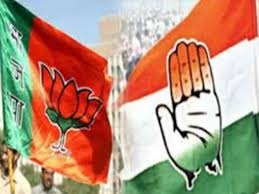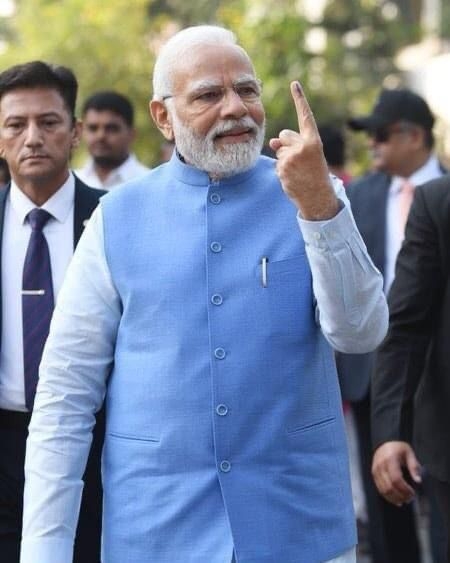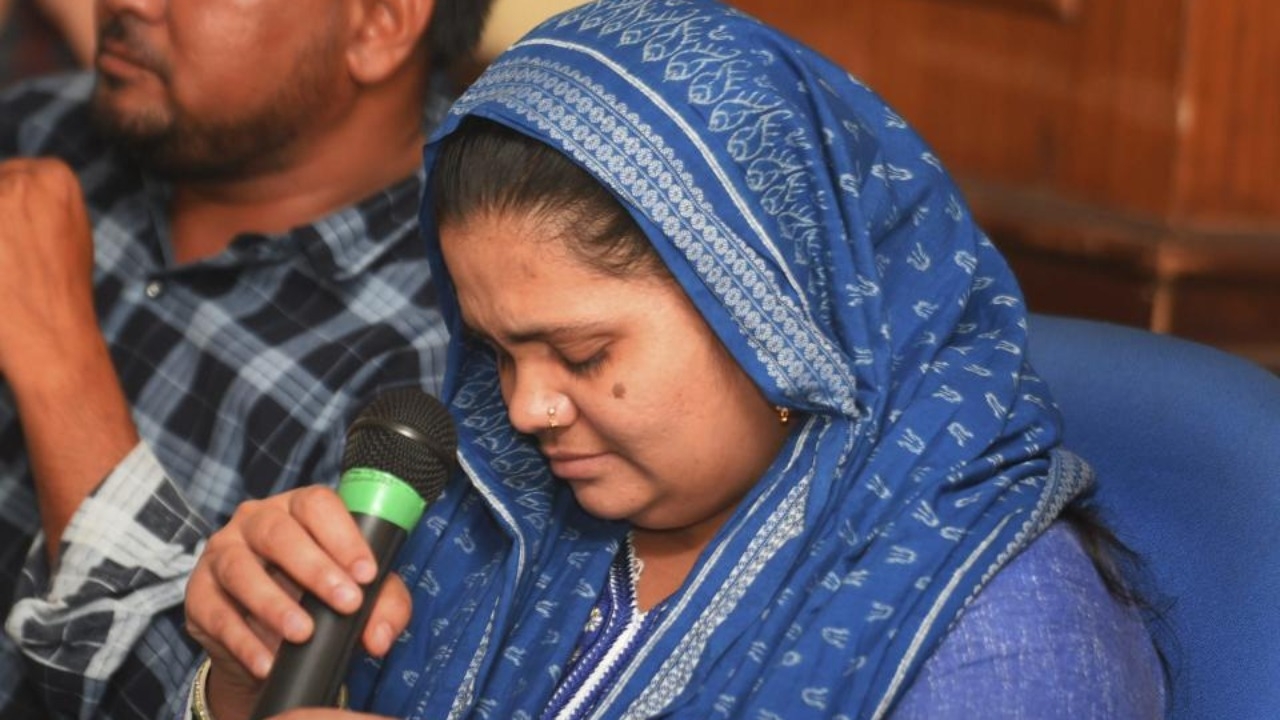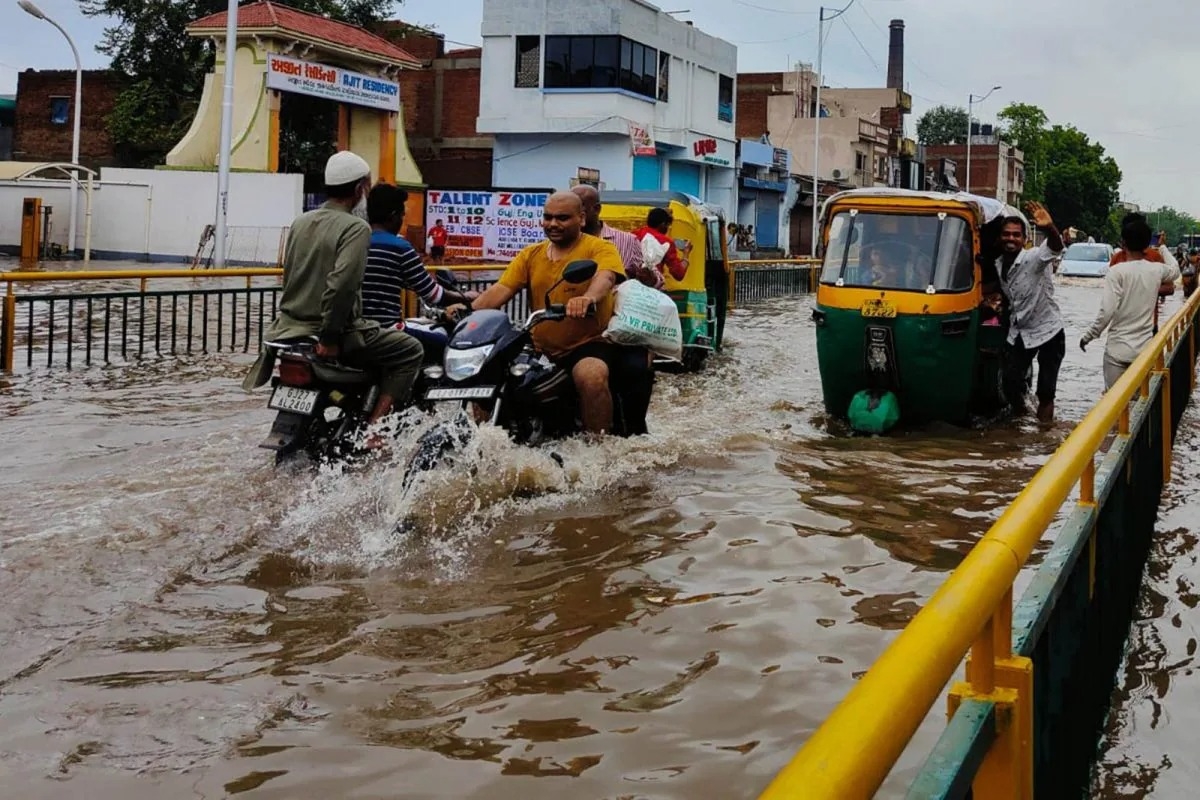The one thing that most political experts agreed upon before exit poll results were out was that there was no Modi wave this time. That doesn’t seem to be the case anymore.
If exit polls are to be believed, not only was there a Modi wave in the 2019 Lok Sabha elections, but this wave was bigger than the ‘TsuNamo’ of 2014. Narendra Modi is likely to beat all odds and create history by being the leader of the first non-Congress led alliance to return to power at the Centre, possibly by a bigger margin this time.
Assuming that the indication of all the exit polls, which are tending firmly towards a BJP-led government, is correct, what does it mean for realpolitik? We look at three big factors.
Regional Parties Bigger Challengers Than Congress?
When it came to resisting the Modi wave, it seems that not the Congress but regional satraps, most prominently the BSP and the SP, fought Modi and his huge poll machinery with the greatest success.
News18-IPSOS has predicted BJP+ getting between 60 and 62 seats in Uttar Pradesh, SP+BSP+RLD getting between 17 and 19 seats, and the Congress getting 1-2 seats.
While Times Now-CVoter has given 38 seats to BJP+ in UP, 40 seats to Gathbandhan and two seats to the Congress, ABP Nielsen has predicted the Gathbandhan winning 56 seats, BJP 22 and Congress two seats.
NDTV’s poll of polls has predicted BJP+ winning 46 seats, Mahagathbandhan winning 31 seats, and Congress winning three.
Whichever pollster one trusts, the message remains the same — when it came to dealing with the BJP head-on, it was the parties with a dedicated cadre and caste support base that fared the best. This, depending on the results of West Bengal, Odisha, Andhra Pradesh, Tamil Nadu and to a lesser extent in states like Maharashtra, Jharkhand and Bihar, could prove that the only credible alternative to BJP may lie in the regional forces.
The one thing that most political experts agreed upon before exit poll results were out was that there was no Modi wave this time. That doesn’t seem to be the case anymore.
If exit polls are to be believed, not only was there a Modi wave in the 2019 Lok Sabha elections, but this wave was bigger than the ‘TsuNamo’ of 2014. Narendra Modi is likely to beat all odds and create history by being the leader of the first non-Congress led alliance to return to power at the Centre, possibly by a bigger margin this time.
Assuming that the indication of all the exit polls, which are tending firmly towards a BJP-led government, is correct, what does it mean for realpolitik? We look at three big factors.
Regional Parties Bigger Challengers Than Congress?
When it came to resisting the Modi wave, it seems that not the Congress but regional satraps, most prominently the BSP and the SP, fought Modi and his huge poll machinery with the greatest success.
News18-IPSOS has predicted BJP+ getting between 60 and 62 seats in Uttar Pradesh, SP+BSP+RLD getting between 17 and 19 seats, and the Congress getting 1-2 seats.
While Times Now-CVoter has given 38 seats to BJP+ in UP, 40 seats to Gathbandhan and two seats to the Congress, ABP Nielsen has predicted the Gathbandhan winning 56 seats, BJP 22 and Congress two seats.
NDTV’s poll of polls has predicted BJP+ winning 46 seats, Mahagathbandhan winning 31 seats, and Congress winning three.
Whichever pollster one trusts, the message remains the same — when it came to dealing with the BJP head-on, it was the parties with a dedicated cadre and caste support base that fared the best. This, depending on the results of West Bengal, Odisha, Andhra Pradesh, Tamil Nadu and to a lesser extent in states like Maharashtra, Jharkhand and Bihar, could prove that the only credible alternative to BJP may lie in the regional forces.














139.jpeg)

260.jpeg)
259.jpeg)
258.jpeg)





